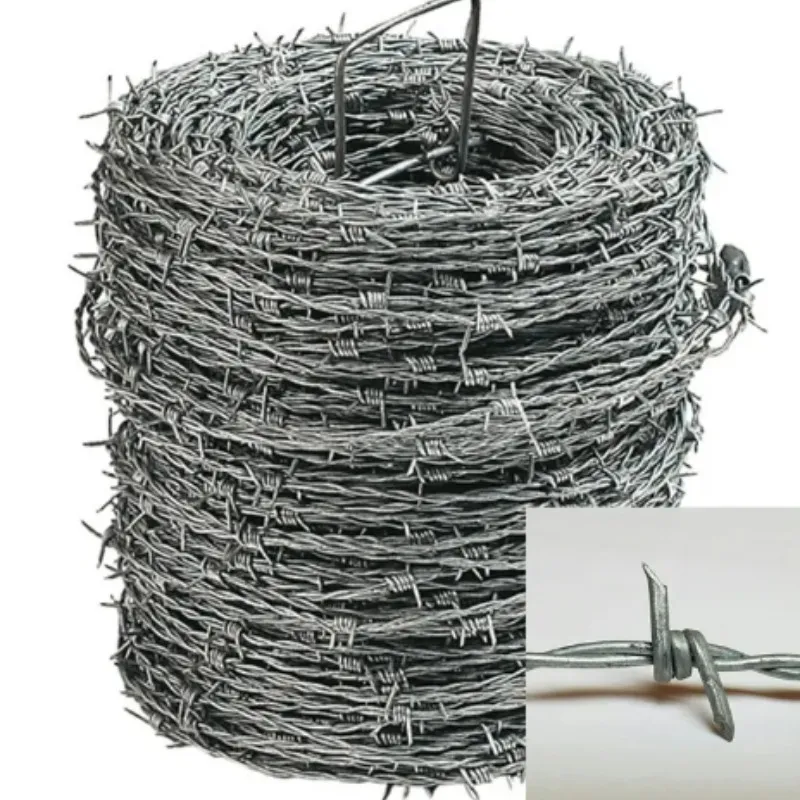-
 Phone:
Phone: -
 Email:
Email:

tie wire per kg of rebar
Understanding Tie Wire Usage per Kilogram of Rebar
In the world of construction and structural engineering, the strength and stability of structures heavily rely on the effective use of rebar (reinforcing bar). This common steel component is instrumental in enhancing concrete's tensile strength, making it essential in various constructions, from residential buildings to large-scale infrastructure. While the emphasis often falls on the quantity and quality of rebar, an equally important yet less discussed factor is the amount of tie wire used in conjunction with rebar.
What is Tie Wire?
Tie wire is a thin, flexible wire, usually made from low-carbon steel. Its primary purpose is to tie together rebar to ensure that it maintains its position during the pouring of concrete. This is crucial because if the rebar shifts, it can compromise the strength and integrity of the final product. The correct amount of tie wire used is critical to ensure that the rebar grid remains stable and properly aligned.
Importance of Tie Wire in Construction
The primary role of tie wire in rebar installations goes beyond merely holding the bars together. Tie wire provides tension and ensures that the rebar does not move during the concrete-setting process. For professionals in the construction industry, the right application of tie wire can save time, reduce costs, and enhance the overall quality of the structure. Moreover, improper wiring can lead to safety hazards and structural failures, making it essential for contractors to understand the appropriate usage of tie wire.
Tie Wire Per Kilogram of Rebar
The amount of tie wire required per kilogram of rebar depends on several factors, including the spacing of the rebar, the complexity of the structure, and the type of ties being used. On average, it is estimated that approximately 0.5 to 1.5% of the total weight of rebar is allocated for tie wire. Therefore, for every kilogram of rebar, about 5 to 15 grams of tie wire may be necessary, depending on the specifics of the project.
tie wire per kg of rebar

For example, in a typical scenario where rebar is placed at a regular spacing, the lower end of the range might apply. Conversely, in complex configurations, where rebar layers overlap or where additional support is needed, the quantity could increase. Therefore, careful calculation of the needed tie wire is crucial in the planning phases of construction projects.
Calculating Tie Wire Needs
To effectively estimate the amount of tie wire required for a project, contractors can follow these steps
1. Determine the Total Weight of Rebar This involves calculating the weights of all the rebar used in the project. Standard rebar sizes and their corresponding weights per meter can be found in industry charts.
2. Apply the Tie Wire Ratio Multiply the total weight of rebar by the tie wire percentage (0.5% to 1.5%). This will provide a rough estimate of the tie wire needed.
3. Consider Project-Specific Requirements Evaluate the complexity of the rebar installation to make necessary adjustments to the initial estimate. Projects with dense rebar configurations will typically require more tie wire.
Conclusion
In summary, while tie wire may seem like a minor component in the context of rebar and concrete structure construction, its importance cannot be understated. Getting the right quantity of tie wire per kilogram of rebar is essential for ensuring structural integrity and safety. As construction projects become increasingly complex, paying attention to all aspects, including tie wire usage, will lead to better outcomes and more robust structures. By understanding the relationship between tie wire and rebar, contractors can effectively plan and execute their projects with greater precision, leading to enhanced durability and safety in the structures they build.
-
Wire Mesh for Every Need: A Practical SolutionNewsJul.25,2025
-
Steel Fences: Durable, Secure, and Stylish OptionsNewsJul.25,2025
-
Roll Top Fencing: A Smart Solution for Safety and SecurityNewsJul.25,2025
-
Cattle Farm Fencing Solutions for Maximum SecurityNewsJul.25,2025
-
Affordable Iron Binding Wire SolutionsNewsJul.25,2025
-
Affordable Galvanized Wire SolutionsNewsJul.25,2025
-
Wire Hanger Recycling IdeasNewsJul.25,2025








